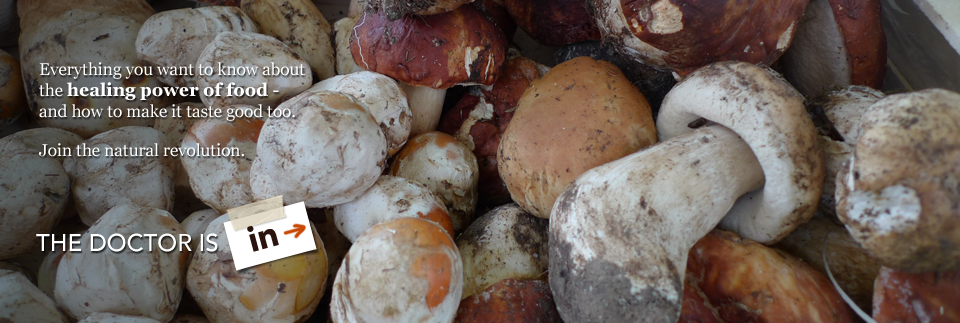Treating Temperature with Tamarind
Tamarindus indica L., otherwise known as tamarind (fruit), just so happens to be not only delicious but a wonderful medicinal as well. In Thailand (where it naturally grows) it is referred to as makam and I mentioned it briefly here in the Travelling Medicine: Thailand post. While it clearly is not growing in this Midwestern climate, you can find it in pulp form and it is just as tasty for cooking purposes, though I miss eating it fresh. The tamarind tree is beautiful and can grow to be as tall as 100 feet and as wide as 25 feet so if you're lucky enough to have one in your backyard, I envy you. Tamarind originated in Africa, travelled to India, and then on to the Middle East and so on. You can now find it in many of the tropical areas around the world. There are a few varieties which you can differentiate by the taste (either more tart or more sweet) or the color (brown to red).
The seeds, leaves, flowers, and fruit are viable for use in cooking and as medicinals. The major medical use for tamarind that is recognized throughout the world is as an antipyretic (fever reducer). It is also used as a mild laxative (to move the bowels) and as a carminative (to reduce gas in the intestines). The tamarind pulp can be used in any dish to aid digestion not only for humans but for elephants! If you have a bilious disorder, tamarind is your friend. You can also use the pulp externally to reduce inflammation or treat rheumatism. You can gargle with the pulp juice and salt for sore throat. The leaves and flowers can be boiled and applied to swollen joints, sprains, and boils. The seeds can be pounded into a paste and used to expel boils or to treat diarrhea. In fact, there are SO many uses for the tamarind plant that I can't list them all here. But you can look here for more information if you want. For these purposes, remember that it is an excellent fever reducer (since we're still in flu season) and a wonderful digestive. You can't really beat that kind of medicine when it tastes as good as it does, tart and savory.
I made a tamarind chicken dish recently which is so so so simple, you can't get it wrong. I had some pulp which I keep in the fridge to use in a multitude of tamarind recipes I like to cook, such as the chick pea dish and the Thai egg dish. For this you only need the following: chicken legs, thighs, or drumsticks with the skin and bones on (you decide what cut you want), panela (a type of cane sugar I used from Colombia, but you can choose any other type you wish to), tamarind pulp with seeds, cilantro, grapeseed oil, fish sauce, rice, and black pepper. That's it!
Directions:
1. Measure approximately 1/2 a cup of tamarind pulp (per 4 chicken legs) and add 2 cups of water into a bowl. Let it soak for up to an hour, periodically squeezing the pulp and letting it seep into the water, it will turn a rich brown. You can eventually pull out the seeds if you so wish.
2. Fry the chicken on both sides until it browns. Add the tamarind water and let it come to a slow boil. Add a few teaspoons of fish sauce (you can do this to taste if you want). Add 1-3 tablespoons of the sugar you choose to use (also do this to taste, depending on if you like it more tangy or not). Add a few whole correander/cilantro roots and leaves. Sprinkle black pepper.
3. Let the chicken boil slowly for up to an hour, you will see that it begins to fall apart (don't pull it apart) and the sauce should reduce to an almost syrup. Mince some fresh cilantro and serve it over the chicken and rice.
RUN to the store now and get some!!!









Comments
Treating Temperature with Tamarind | The Spice Doc
This is the right blog for anyone who wants to understand this topic.
You know a whole lot its almost hard to argue with you (not that I actually would want to…HaHa).
You certainly put a fresh spin on a subject that has been discussed for decades.
Wonderful stuff, just great!
Post new comment